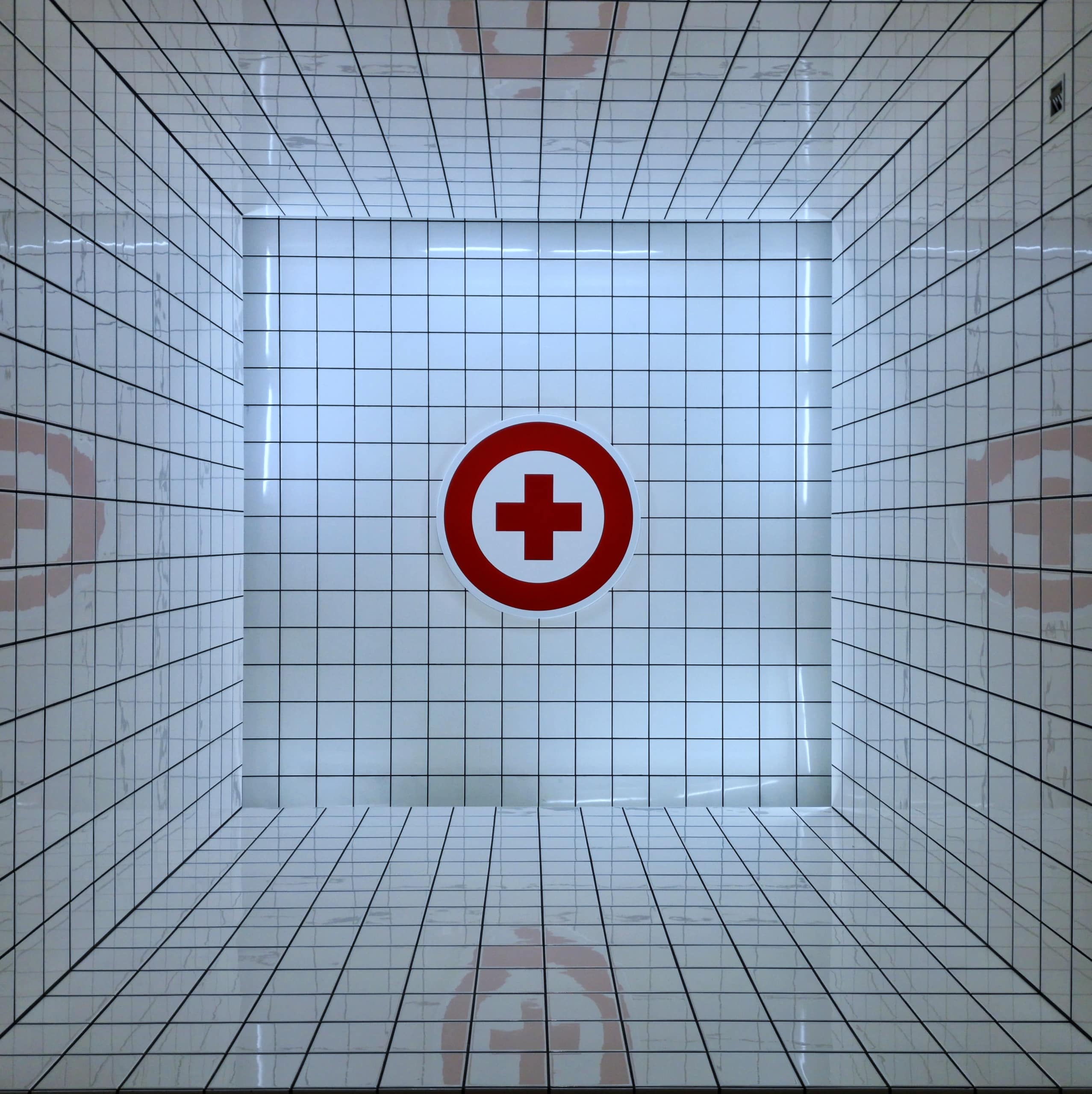
HIPAA Security: The Fundamentals
HIPAA stands for the Health Insurance Portability and Accountability Act, which is a federal law enacted in 1996 in the United States. HIPAA sets national standards for the protection of certain health information, including medical records, health insurance information, and other personal health information. It was designed to improve the efficiency and effectiveness of the healthcare system by ensuring the privacy and security of patients’ health information. It also gives patients certain rights, such as the right to access and control their own health information.
Violations of HIPAA can result in significant penalties, including fines and legal action, and can damage the reputation of the healthcare organization or individual responsible for the violation, so it’s crucial for healthcare organizations to ensure that they are in compliance with the law.
HIPAA Violations
HIPAA violations are categorized into four tiers based on their severity:
Tier 1 Violations
Definition: These violations occur when the violator was unaware of HIPAA rules and could not have reasonably avoided the violation.
Penalty: The penalty for a Tier 1 violation is $100-$50,000 per incident.
Tier 2 Violations
Definition: These violations occur when the violator should have known about HIPAA rules but did not act with willful neglect.
Penalty: The penalty for a Tier 2 violation is $1,000-$50,000 per incident.
Tier 3 Violations
Definition: These violations occur when the violator acted with willful neglect but corrected the violation within 30 days.
Penalty: The penalty for a Tier 3 violation is $10,000-$50,000 per incident.
Tier 4 Violations
Definition: These violations occur when the violator acted with willful neglect and did not correct the violation within 30 days.
Penalty: The penalty for a Tier 4 violation is $50,000 or more per incident.
It’s important to note that the penalties for HIPAA violations can vary depending on the specific circumstances of each case. Additionally, the Department of Health and Human Services has discretion in determining the penalty amount based on factors such as the level of harm caused by the violation and the violator’s compliance history.
HIPAA Violation Examples
Some examples of the most common HIPAA violations are as follows:
- Unauthorized access: A healthcare worker accessing a patient’s medical records without permission is a violation of HIPAA.
- Disclosure of information: Disclosing a patient’s health information to an unauthorized person or entity is a violation of HIPAA. This can happen if a healthcare worker shares information with a family member, friend, or even a coworker who is not involved in the patient’s care.
- Lack of safeguards: Failing to put adequate safeguards in place to protect patient information is also a violation of HIPAA. This includes leaving patient records or other sensitive information in an unsecured area or failing to use encryption when transmitting electronic patient information.
- Improper disposal: Improperly disposing of patient records or information is a violation of HIPAA. This includes throwing away records without shredding them or disposing of electronic devices without first wiping the data from them.
- Failure to provide access: Failing to provide patients with access to their own medical records is a violation of HIPAA. Patients have the right to access their records and request that they be corrected if there are errors.
These are just a few examples of HIPAA violations, and there are many other ways that healthcare workers and organizations can run afoul of HIPAA regulations.
HHS maintains a portal of HIPAA violations here: https://www.hhs.gov/hipaa/for-professionals/breach-notification/breach-reporting/index.html
Maintain HIPAA compliance
To maintain HIPAA compliance, there are several steps that healthcare organizations and their business associates should take:
- Develop and implement written policies and procedures that comply with the HIPAA Privacy, Security, and Breach Notification Rules.
- Conduct regular risk assessments to identify potential vulnerabilities in the organization’s systems and processes that could lead to unauthorized access, use, or disclosure of PHI.
- Implement appropriate administrative, physical, and technical safeguards to protect PHI from unauthorized access, use, or disclosure, including access controls, encryption, and network security measures.
- Provide regular training to employees and other workforce members on HIPAA compliance, including the importance of protecting PHI and how to identify and report potential security incidents or breaches.
- Develop and implement a breach notification plan that outlines how the organization will respond to and report potential security incidents or breaches.
- Conduct regular audits and monitoring of the organization’s systems and processes to ensure ongoing compliance with HIPAA requirements. Audits should at least consider the HIPAA security rule requirements, however completing routine HIPAA walkthroughs of your facilities against a standard checklist is also highly recommended.
- Maintain appropriate documentation and record-keeping to demonstrate compliance with HIPAA requirements.
By following these steps, healthcare organizations and their business associates can help to maintain HIPAA compliance and protect the privacy and security of patients’ PHI and ePHI. Overall, maintaining HIPAA compliance is essential for protecting patient privacy, avoiding legal and financial penalties, and supporting efficient and effective healthcare delivery and research.
RealCISO can maintain HIPAA Compliance
Schedule a demo with us to learn more about how we can help maintain compliance with HIPAA.